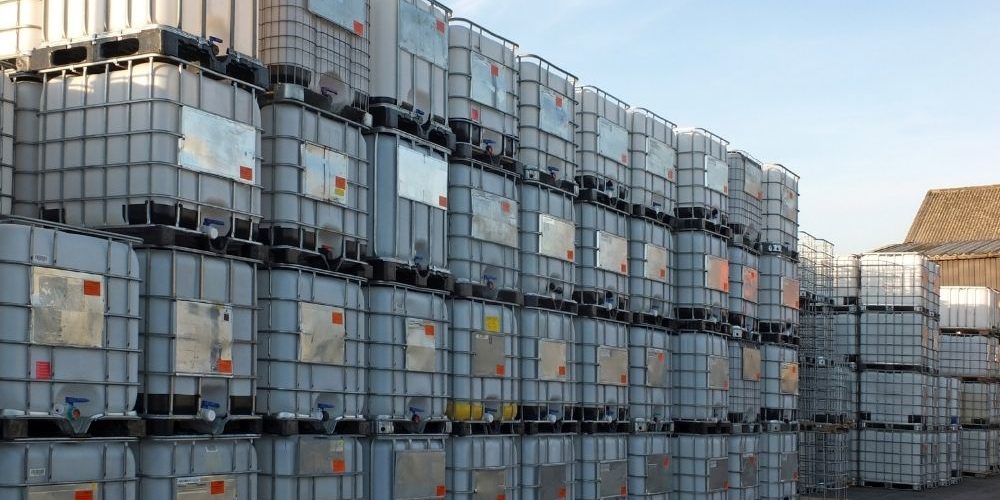Business
How Can Chemicals Be Transported Safely?

It’s critical to be knowledgeable about the international directives and regulations that must be adhered to, the risks associated with transporting chemicals (and how to mitigate them), and the best practises for moving chemicals both on and off-site. It is crucial to have a strong legal framework in place to lower the risk of accidents happening while such substances are being transported because doing so can pose significant financial, environmental, and health risks.
The transportation of hazardous materials by land, rail, water, and air is governed by the international directives and rules listed below:
ADR, a European treaty, governs the road transportation of hazardous materials. The Convention Covering International Carriage by Rail’s Appendix C regulates the international rail transportation of hazardous materials. The Carriage of transporte de químicos and Use of Transportable Pressure Equipment Regulations 2009 provide the legal framework. The transportation of dangerous goods by sea is governed by the International Maritime Dangerous Goods (IMDG) code. Based on a set of internationally endorsed rules known as the ICAO Technical Instructions, the International Air Transport Association (IATA) published a set of Dangerous Goods Regulations.4 The first step in understanding the regulatory frameworks that apply to the transportation of dangerous goods.
Additionally, you must be aware of the precise risks connected with the transportation of chemicals both on- and off-site, and you must implement best practices for chemical transport that can lower the likelihood of a chemical incident.

Best Practices for On-Site Chemical Transport
Moving chemicals from building to building on the same site, like a factory or university campus, may be the more typical method of chemical transportation. Even though it might seem unlikely that an accident would occur over such short distances, extra care must be taken to prevent one.
Anyone transporting hazardous materials on-site must wear PPE that is appropriate for the chemicals they are transporting. When transporting chemicals on-site, always use secondary containment by putting bottles, jars, or other chemical containers in a tray or other carrier. Don’t carry trays containing dangerous chemicals by hand; instead, use the proper tools, like lab carts.
Best practises for internal and external chemical transport can be incorporated to lessen the likelihood of incidents involving chemicals causing harm. It is crucial to use the proper chemical containers. Explosions, fires, toxic leaks, radioactive spills, and the inhalation of corrosive materials are just a few of the serious risks posed by the transportation of hazardous goods to both people and the environment.






